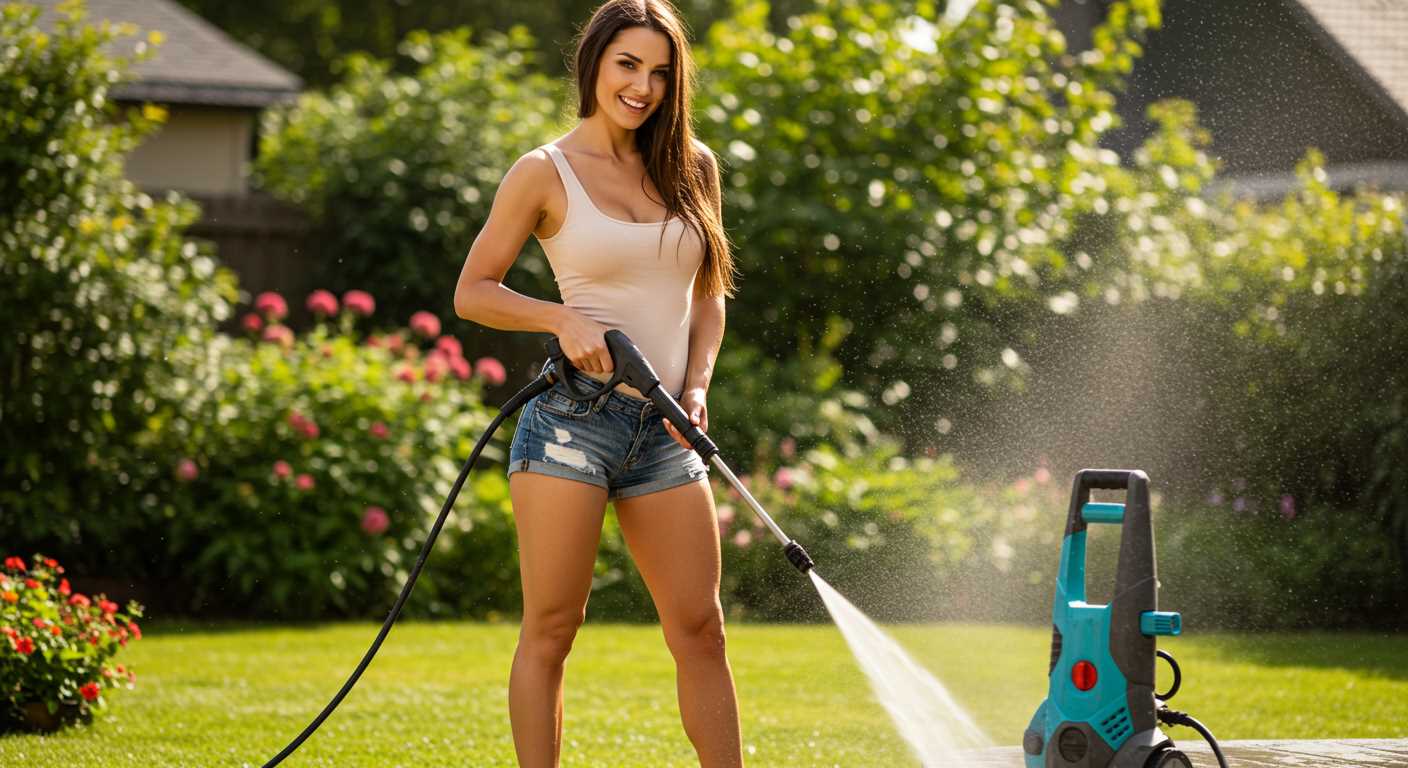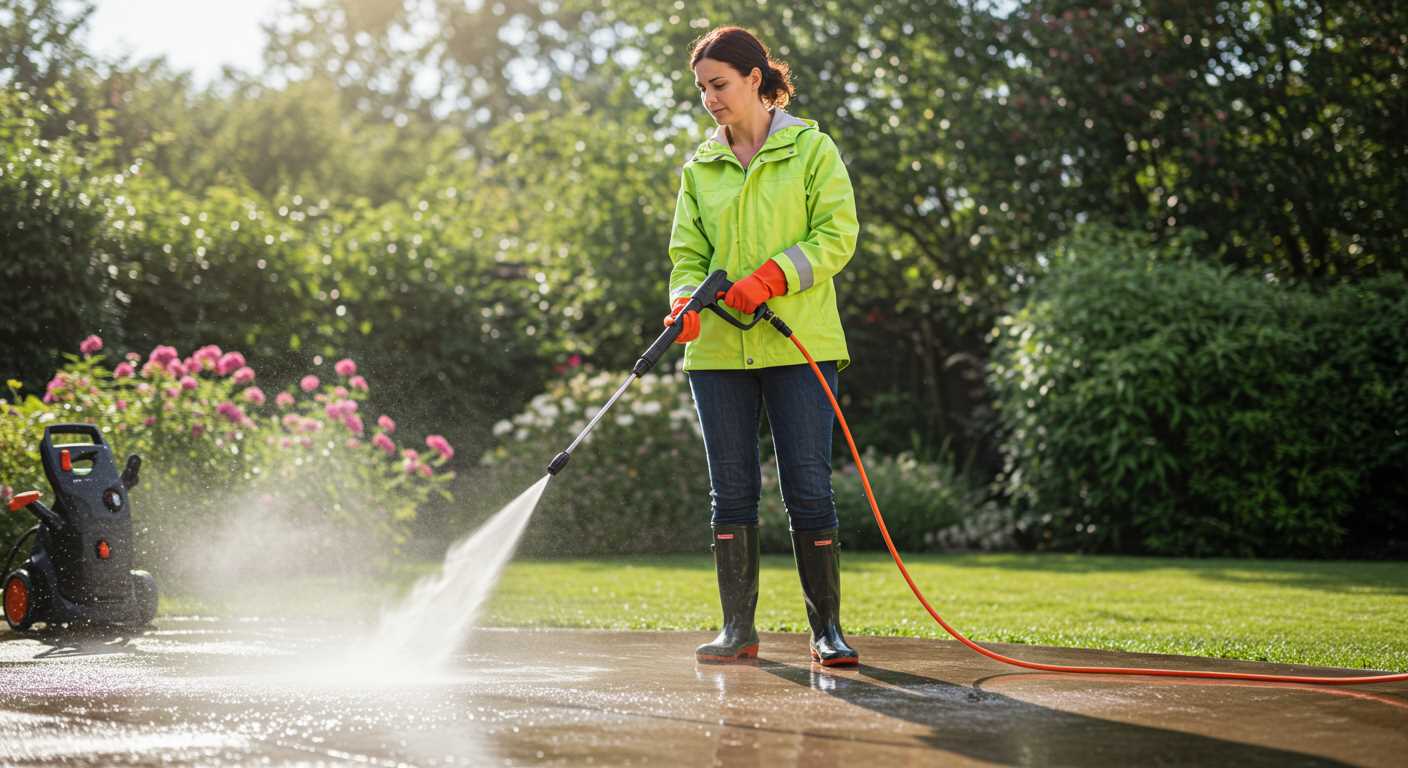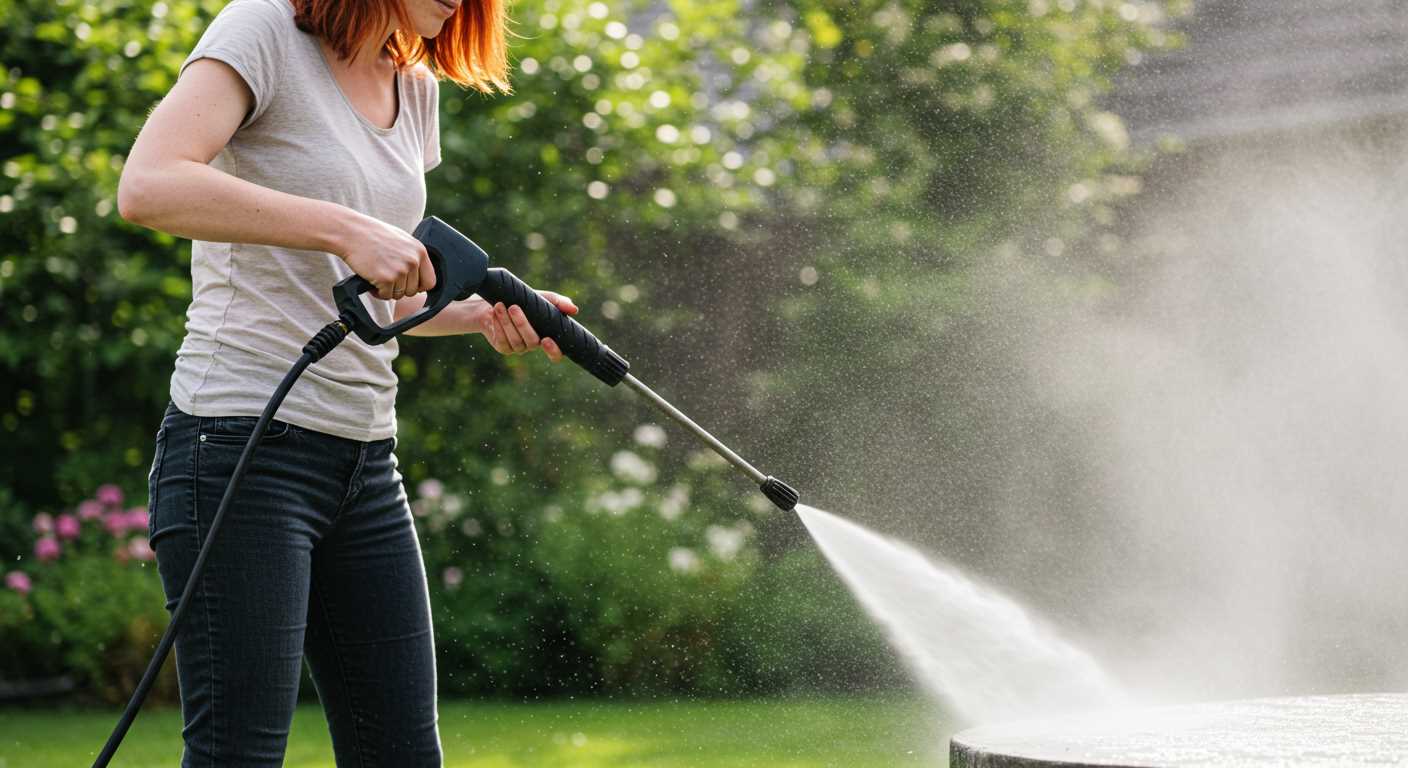

To grasp the mechanics behind a battery-operated cleaning device, it’s vital to focus on its core components and operation. These units rely on a rechargeable battery as their primary power source, allowing for mobility without tethering to an electrical outlet. This feature not only enhances versatility but also significantly increases user convenience, particularly in spacious or outdoor settings.
At the heart of the system lies the motor, which converts electrical energy from the battery into mechanical energy. Once engaged, the motor pumps detergent and water from the reservoir, creating high-pressure jets that efficiently remove dirt and grime. The precise regulation of water flow and pressure settings makes it possible to customise the force according to the surface being cleaned, whether it be concrete, wood, or fabric.
Filtration systems are frequently integrated into these models, ensuring that only clean fluid reaches the pump, thus extending the lifespan of the equipment. Furthermore, advancements in battery technology continue to enhance the power and longevity of these tools, providing extended usage times before needing a recharge. Familiarising oneself with the specific features of various brands can lead to better performance and satisfaction in cleaning tasks.
Understanding the components of a cordless pressure washer
Focusing on the heart of the device, the motor is the key component that powers the unit. Typically, brushless motors are preferred for their efficiency and longevity. This type of motor reduces wear and tear, translating to a more durable machine with lower maintenance needs.
Another critical part is the battery system. High-capacity lithium-ion batteries are commonly used, providing adequate run time and quick charging capabilities. The voltage and amp-hour rating significantly impact the performance and efficiency, so choosing a model that offers a good balance is essential.
Water pumps are integral in generating the high-pressure output needed for effective cleaning. Axial pumps or triplex pumps usually come into play, with triplex models offering greater efficiency and longer life. The choice of pump affects both performance and the pressure settings adjustable by the user.
The nozzle is often overlooked but plays a vital role in directing and controlling the water flow. Different attachments allow for various spray patterns, making the tool versatile for different tasks. Selecting options like adjustable or rotating nozzles can enhance cleaning effectiveness.
Lastly, the chassis or frame supports all components, ensuring durability and ease of movement. Lightweight materials reduce fatigue during operation, while wheels and handles provide mobility, making it easier to manoeuvre across various surfaces.
Battery Technology Powers Cleaning Equipment
Modern cleaning units leverage advanced battery technologies to deliver exceptional performance. Lithium-ion batteries are the standard, providing a high energy density that ensures longer runtime and shorter charging periods. These batteries afford the freedom of mobility, eliminating the need for cumbersome power cords.
Overcoming Limitations
The integration of smart power management systems optimises energy use, allowing the motor to draw only what’s necessary for each task. This not only extends battery life but also enhances the overall cleaning experience. Furthermore, many units feature replaceable batteries, adding to versatility; users can swap a depleted unit for a fully charged one within moments, ensuring continuous operation.
Environmental Considerations
Choosing battery-operated devices contributes to a reduction in carbon footprint. These eco-friendly alternatives operate on clean energy, reducing reliance on fossil fuels. Some manufacturers offer solar charging options, making it possible to harness renewable energy for even greener cleaning.
Determining the optimal pressure settings for different tasks

For optimal results, pressure levels should be adjusted according to the surface and type of cleaning required. Here’s a quick guide:
| Task | Recommended Pressure (PSI) | Details |
|---|---|---|
| Washing cars | 1200 – 1900 | Gentle enough to avoid damage yet effective for grime removal. |
| Patios and decks | 1500 – 2500 | Removes dirt, algae, and mildew without harming surfaces. |
| Driveways | 2500 – 3000 | Handles oil stains and tough debris efficiently. |
| Brick and concrete | 3000 – 4000 | Powerful enough to strip grime from porous surfaces. |
| House siding | 1300 – 2200 | Sufficient force to clean without causing damage. |
| Wood surfaces | 1200 – 1800 | Safe and effective for cleaning without splintering. |
Choosing the right pressure is vital not only for effective cleaning but also for preserving the integrity of the surfaces. Adjustments depend on dirt types, surface materials, and desired outcomes. Always test in a small area first to ensure that results meet your expectations.
Water Supply Options for Cordless Cleaning Devices
For optimal performance of battery-operated cleaning systems, selecting the right water supply method is fundamental. The most common options include using a built-in water tank, direct garden hose connection, or extracting from a nearby water source.
Built-in Water Tanks

A compact water tank offers portability, allowing cleaning tasks in areas without a fixed water source. Ensure the tank has adequate capacity to match the duration of your cleaning jobs. Regularly check for any leaks and clean the tank to maintain water quality.
Garden Hose Connection

Connecting a garden hose provides a continuous water supply, which is particularly beneficial for larger projects. Use the appropriate adapter to connect your hose efficiently. Always inspect for kinks or blockages that could impede water flow, and ensure the hose is rated for high-pressure applications to withstand the force.
Utilising a nearby water source, such as a lake or a pond, is another viable option, especially in remote locations. A filter system can enhance water quality by removing debris, ensuring the internal components remain in good condition.
Maintenance Tips for Prolonging the Life of Your Cleaning Device
Regularly clean the intake filter. A clogged filter restricts water flow, causing the motor to work harder, which can lead to overheating. Simply rinse it with water and let it dry before reinserting.
Inspect the nozzle for blockages. Small debris can accumulate, reducing pressure output. Clear any obstructions to maintain optimal performance.
Battery Care
Always ensure the battery is charged correctly. Avoid overcharging as this can degrade battery health over time. Disconnect the charger once it reaches full capacity, and store the battery in a cool, dry place.
Perform periodic battery cycle tests. Run the unit until the battery is nearly depleted and then recharge. This practice helps to calibrate the battery, ensuring accurate charge readings.
Storage Practices
Store the apparatus in a dry location, away from extreme temperatures. High heat can cause internal components to warp, while excessive cold can impact battery efficiency. Use a protective cover for added security against dust and moisture.
Remove any remaining water from the unit before storing. This prevents rust and mineral buildup that can damage seals and internal parts.
Inspect the hose for leaks or wear. Replace any damaged sections promptly to avoid water loss and maintain pressure. Regular checks keep your device in top condition for future tasks.
Comparing Cordless Pressure Washers with Traditional Models

For outdoor cleaning tasks, the choice between battery-operated and conventional models hinges on specific user needs. Battery-powered variants offer unparalleled mobility, free from cumbersome hoses and electrical outlets. This is particularly advantageous for larger areas or locations without access to a power source.
On the other hand, traditional units generally provide sustained power and higher pressure output, making them ideal for heavy-duty applications such as industrial cleaning. They can efficiently tackle stubborn stains and large surfaces, such as driveways and commercial properties, which require more robust performance.
Weight and Portability
Weight is another key factor. Battery-operated devices are typically lighter and easier to maneuver. This aspect is critical for users who may face physical limitations or who need to transport their equipment frequently. Traditional models tend to be more substantial, often requiring a more extensive setup.
Run Time and Refuelling
Battery capacity dictates run time. Most battery-powered options last between 20 to 60 minutes, depending on the task and pressure settings. Conversely, traditional units run as long as there is a water supply and power, making them superior for extended cleaning tasks without interruptions.
Each type comes with its own maintenance requirements. Battery models need careful battery management to ensure longevity, while traditional options may require more extensive upkeep concerning fuel, oil, and water damage prevention.
Your choice should reflect the intended use case: for quick, convenient cleaning, go for battery-operated machines; for larger, more demanding jobs, traditional models remain the preferred choice.
Common troubleshooting techniques for cordless cleaning devices
If performance issues arise, start by checking the battery charge level. A depleted power source can lead to inadequate cleaning force. Ensure it’s fully charged before use.
Next, inspect the nozzle for clogs. Over time, debris may accumulate, hindering water flow. Detach and clean it thoroughly with water or a soft brush.
Check the hose connections. Loose fittings can cause leaks and diminish water pressure. Tighten all connections securely to prevent loss of performance.
Monitor the water supply. Insufficient water flow can affect the washing efficiency. Ensure the water source is adequate and the inlet filter is clear of obstructions.
If the motor is unresponsive, ensure the safety lock isn’t engaged. Many models feature a safety mechanism that prevents operation until the lock is properly released.
In the event of unusual noises, inspect for foreign objects caught in the motor or pump. Disconnect and carefully remove any debris to restore normal function.
If these steps do not rectify the issue, consider resetting the unit. Turn it off, disconnect the battery, wait for a few moments, and then reconnect everything before restarting.
- Check battery charge
- Inspect and clean the nozzle
- Tighten hose connections
- Ensure adequate water supply
- Verify safety lock status
- Inspect for foreign objects in motor or pump
- Reset the unit if necessary
By following these troubleshooting techniques, common issues can often be resolved, enhancing your experience with these cleaning devices. If problems persist, consult the manufacturer for further assistance or service options.








